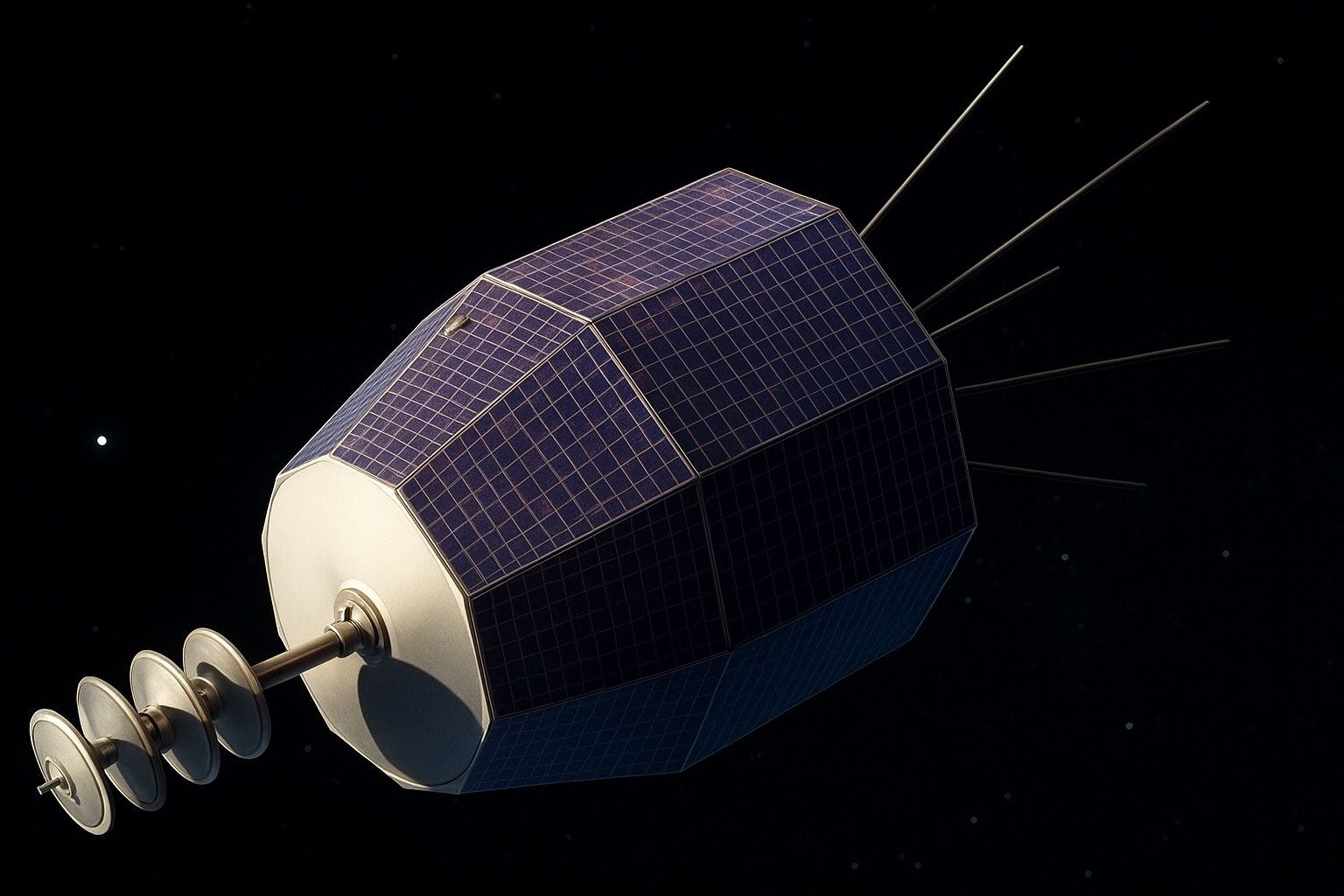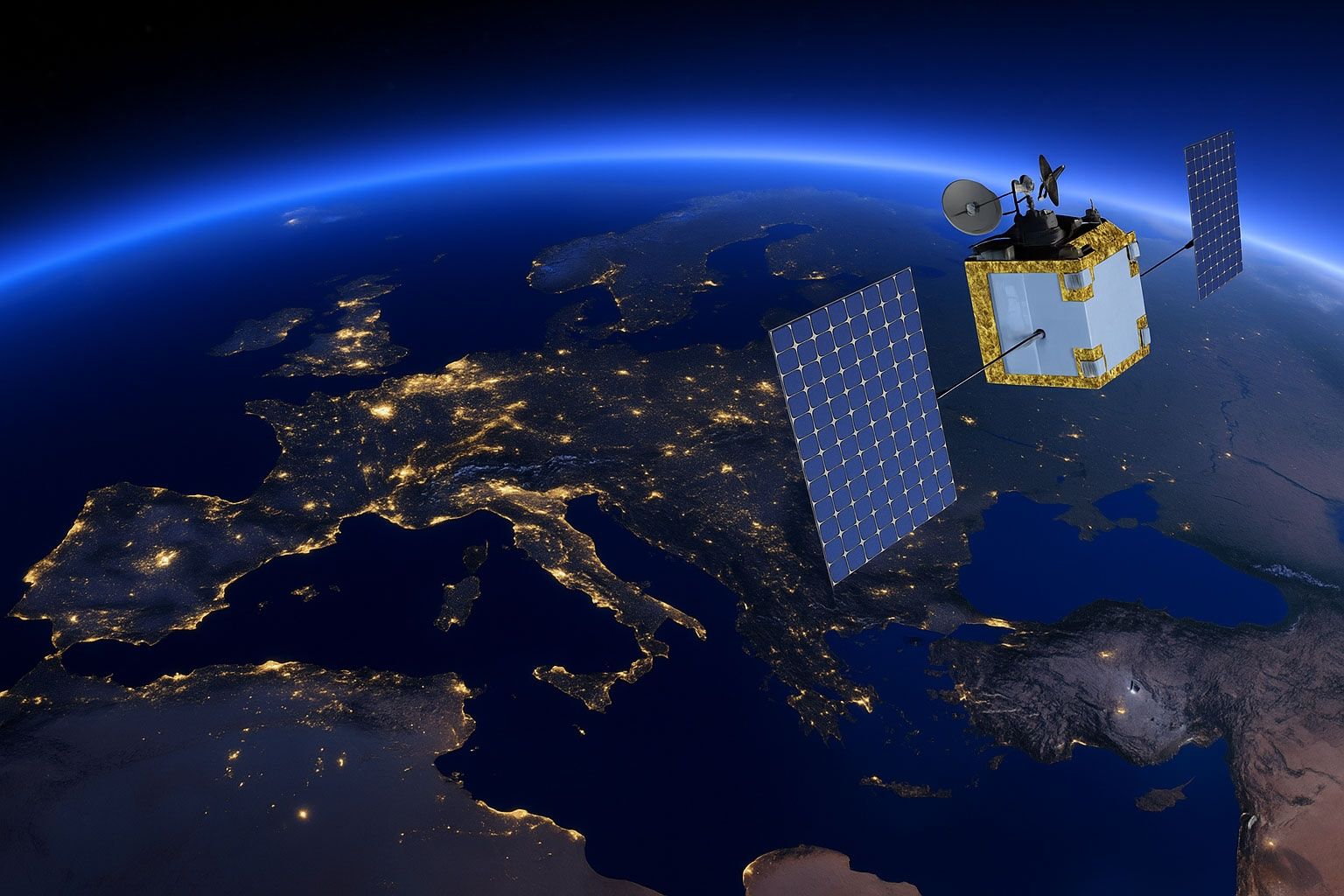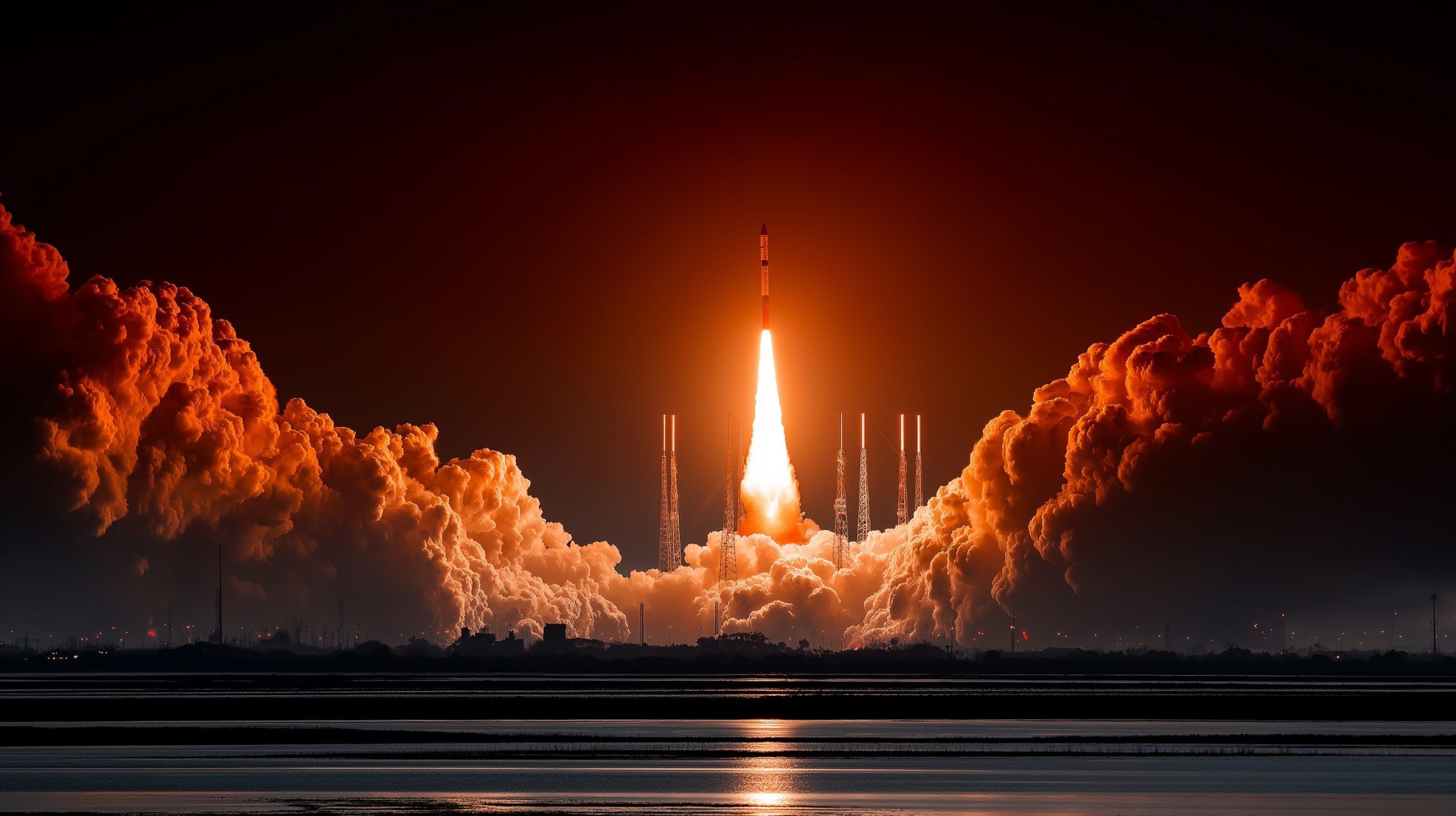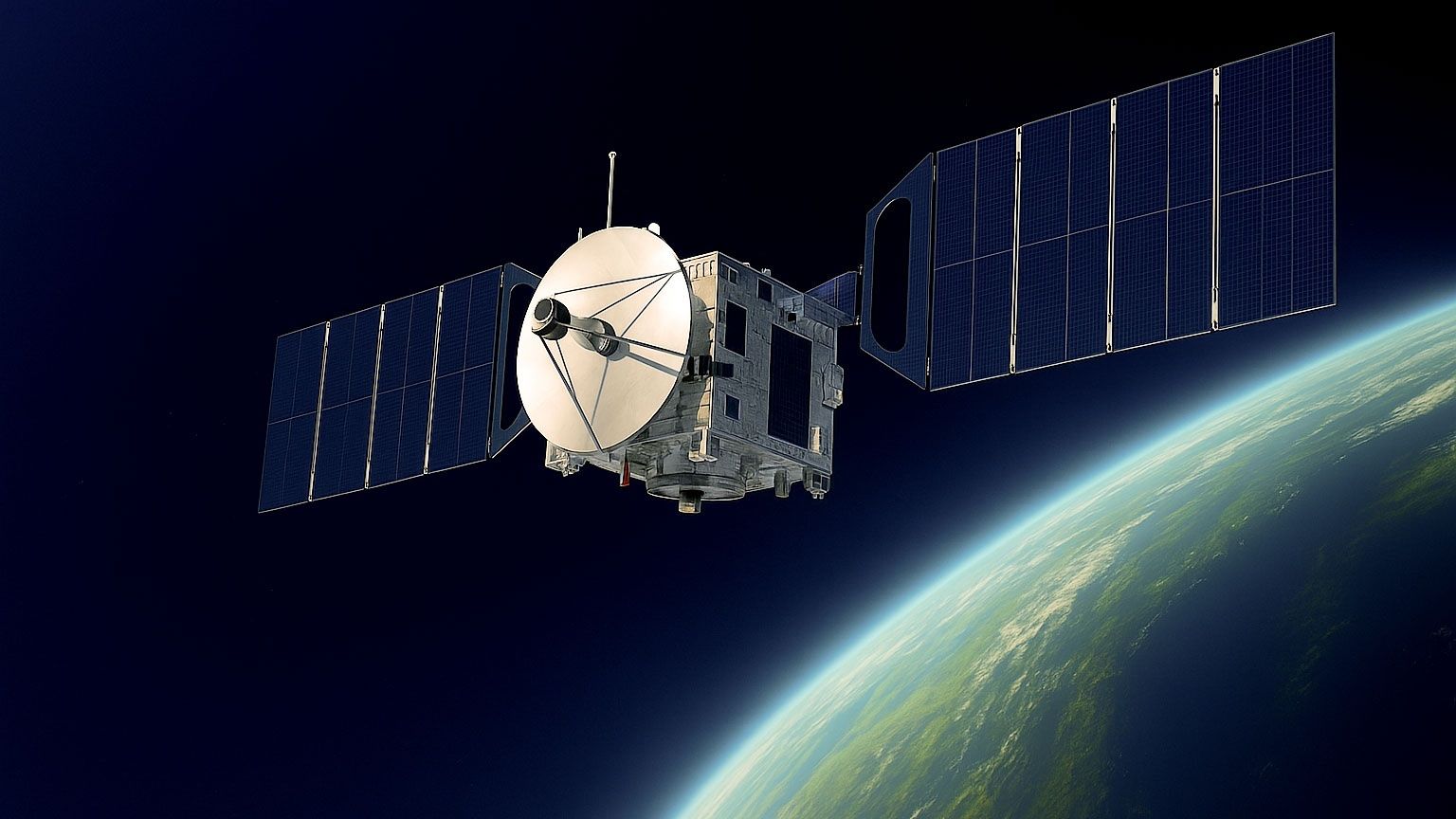
Space Force’s Secret 480-Satellite MILNET: Inside SpaceX’s New Military “Starlink” Revolution
MILNET is a secret Space Force project that will be a government-owned, contractor-operated LEO satcom constellation of about 480 satellites, announced in June 2025. On June 18, 2025, Breaking Defense revealed that Space Force is funding MILNET in partnership with SpaceX, with SpaceX building and flying the satellites while Space Force Delta 8 oversees operations and the NRO manages the program. MILNET will use SpaceX’s Starshield platform, delivering enhanced encryption and security, with Starshield ground terminals derived from Starlink hardware able to interoperate with Starlink via laser cross-links. The network is designed as a hybrid mesh that will fuse DoD









